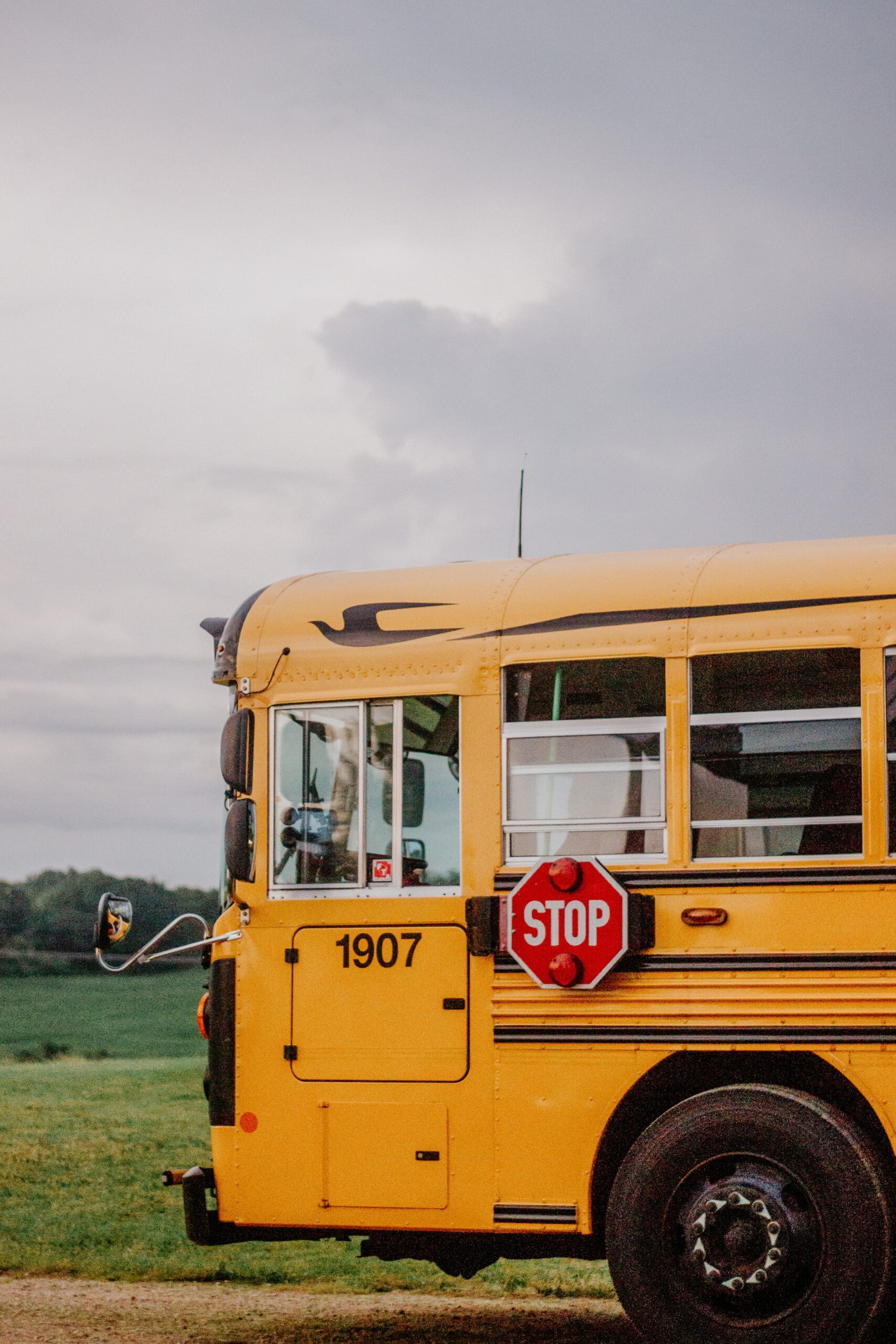How Much Do You Know About Rural Education?
Part 1: Hidden Challenges Rural K-12 School Districts Face
Dr. Jared Bigham offers a four-part series for Ahead of the Heard that amplifies issues facing rural school districts, students, and communities. He will highlight key challenges, explore innovative partnerships, and dispel rural myths along the way.
When asked to write this series of guest blogs, I was excited to expose myths and realities that too often rigidly fix rural communities in people’s minds in stereotypical and counterproductive ways. Truth is, rural school districts — which make up one-third of all public schools in the U.S. — are hotbeds of innovation.
I’m a fourth-generation Tennessean and have served in a variety of roles in rural education my whole life, from a teacher to a principal to a policy advocate and then some. Too often, I find that when people do the math on rural communities, they falsely equate rural with being behind.
This couldn’t be further from the truth.
This series will highlight some of the most intriguing and innovative work happening in K-12 education across our country, dispelling the myth that rural communities are merely treading water instead of making progress.
In any conversation about rural education, it’s important to realize foundational challenges to the normal rigors of educating students that rural communities must overcome.
First, is isolation. Rural schools face geographic isolation that ranges from mountains and deserts to plains and islands. Rural geography is unique nationwide; each rural environment presents its own set of obstacles. There’s economic isolation that impacts workforce development and community development. There’s isolation from social capital, which prevents rural students from tapping into professional and personal networks as they pursue careers. And there’s philanthropic isolation that prevents rural schools from benefiting from investments that most urban and suburban school districts receive. This is the result of proximity to foundations or economies of scale with funders that want investments to impact larger numbers of students and/or educators.
Second, is access to postsecondary. More than half of working-age adults need a postsecondary credential to access good jobs after high school. Many rural schools are too far from institutions of higher education for students to participate in dual enrollment, or benefit from postsecondary instructors teaching courses part-time at high schools. The challenge of distance to postsecondary institutions hinders professional development for educators as well. Beyond the barriers within the K-12 system, it’s also a logistical and financial challenge for many rural students to attend college upon graduation.
Third, is having a critical mass of students necessary to fund programs beyond core classes or minimal Career and Technical Education programs. K-12 school funding is based largely on student population and is quantified in terms of per-pupil expenditures. There are positives and negatives to being a small, rural school, but a definite downside is the impact low student numbers have on funding. It’s a real challenge for many rural schools to afford robust CTE programs that require specialized instructors and expensive equipment, or to afford multiple Advanced Placement courses that require adjunct professors or teachers with specialized licensure. How can rural schools justify spending $500,000 to create a welding program for four students each year, or an AP science class when a school is doing well just to find a chemistry teacher?
Despite these challenges, there are a multitude of examples of rural schools flourishing due to a self-reliant mindset and commitment to innovate in order to meet the needs of students. This series will explore some of these rural innovations in areas that continue to be at the forefront of education conversations such as the digital divide and equity issues in broadband expansion; where students of color fit into the rural narrative and efforts to support their success; and how rural districts are overcoming teacher recruitment and retention challenges through grow-your-own talent pipeline strategies.
I’ll examine partnerships and hotbeds of innovation in rural communities, highlight diverse student populations, and explore grow-your-own approaches to talent recruitment and retention that many rural school districts are implementing. This won’t by any means be an exhaustive look at rural education in our country. At a minimum, it will shine enough light on good things happening in rural districts to break down stereotypes and prompt further research. I promise to keep the Appalachian colloquiums to a minimum along the way…
Dr. Jared Bigham is a fourth-generation rural educator. He serves as senior advisor on Workforce & Rural Initiatives for the Tennessee Chamber of Commerce, is board chair of the Tennessee Rural Education Association, and is active in the National Rural Education Association. He is the proud husband to an assistant principal and father of four children.





